Romanesque Route

Don't miss
- visit Amarante, a beautiful city that straddles the river Tâmega, where highlights are the Church of S. Gonçalo and the Amadeo de Souza-Cardoso Museum
- enjoy the terraces by the river, where you can taste the convent sweets of Amarante
- in Felgueiras, taste the famous Margaride pão-de-ló (sponge cake)
The Romanesque Route is a tour covering 58 monuments located in the north of Portugal, near the rivers Tâmega, Sousa and part of the Douro.
It includes monasteries, churches and memorials, bridges, castles and towers that have in common the characteristic Romanesque architecture of this region. On the whole, they are located in the centre of a triangle whose vertices are World Heritage Sites: Porto, Guimarães and the Douro Valley.
The Romanesque Route is in fact divided into three routes that connect to each other by road, following the river valleys: The Sousa Valley Route, with 19 monuments; The Tâmega Valley Route, with 25 monuments; and the Douro Valley route, roughly between Castelo de Paiva and Resende, with 14 monuments.
This region and its architectural heritage are indelibly associated with the beginnings of Portuguese nationality, since it was here that the noble families resided who helped the first kings in the Christian Reconquest of the territory that is today Portugal. On the other hand, the clergy and the religious orders helped populations to settle, which is why churches, monasteries and other monuments with unique architectural features are concentrated in such a small area, having often played defensive roles, as attested by their embattled towers and buttresses.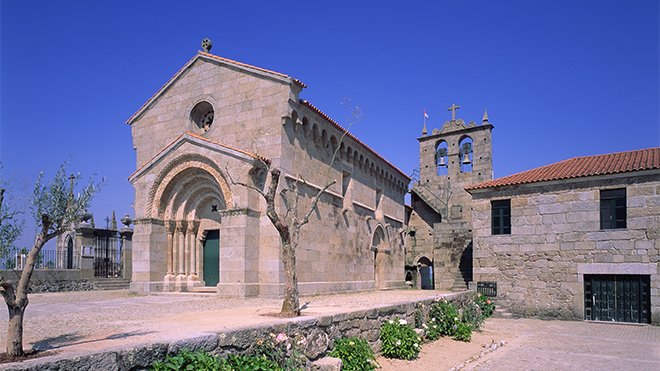
Igreja de São Vicente de Sousa, Felgueiras © Rota do Românico
The unusual nature of this historic and artistic legacy is based among other things on the decoration seen, for example, in the portals of churches and monastic complexes, where the use of animalistic, vegetal or geometric themes, combined with a noticeable sculptural quality, provides overall unity to the buildings included in this route, within the context of the Portuguese Romanesque. On the other hand, although they mostly date from the 11th to 13th centuries, it can be observed that these construction techniques extended into the period when Gothic solutions already prevailed elsewhere, and this is another particular feature of this Romanesque Route.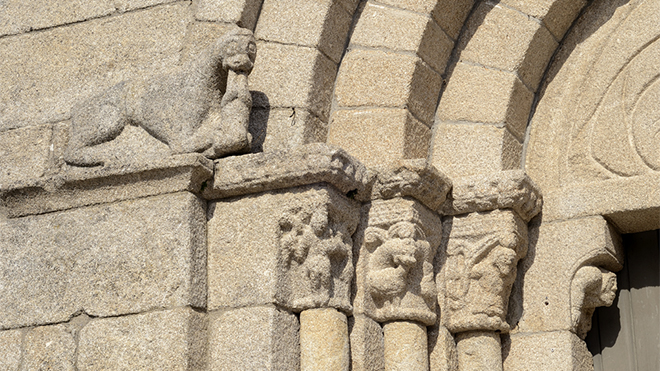
Igreja de Tarouquela © Rota do Românico
The Romanesque Route is a journey through history, and an excellent starting point for enjoying a comprehensive visit to the region, also taking in other aspects of its regional identity such as the traditional cuisine, the wines, festivals and markets where local handicrafts can be found and actual contact with the local people. There are also trails and footpaths for hikers and cyclists to be enjoyed in communion with nature. For the more daring, the river Paiva challenges you to unique experiences with unforgettable raft descents.


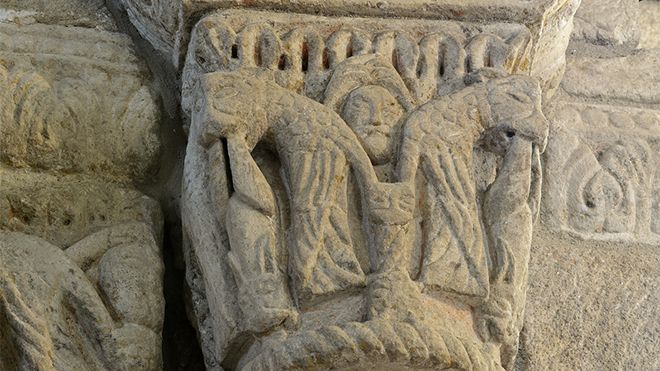






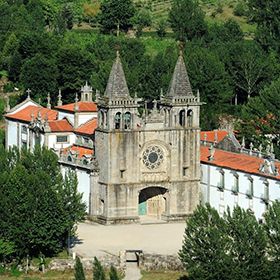

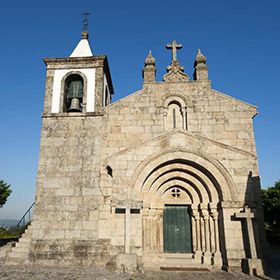
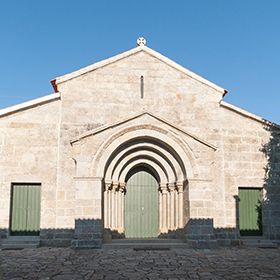
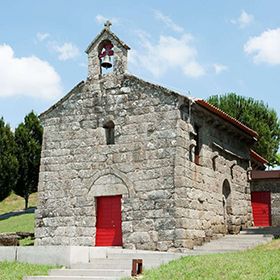
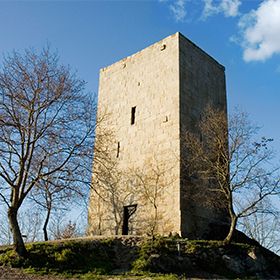
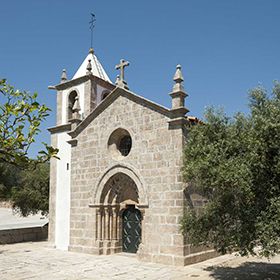
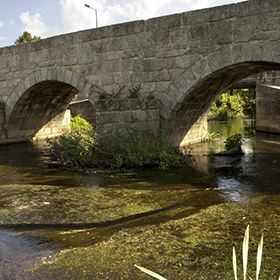
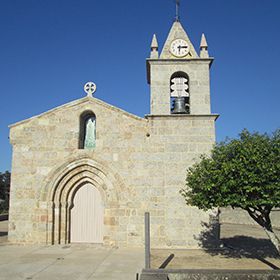
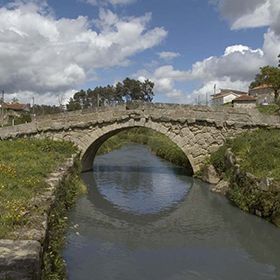
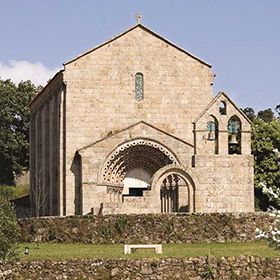

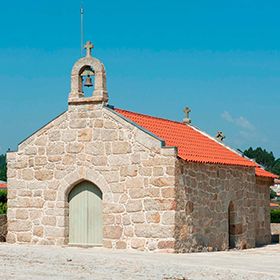
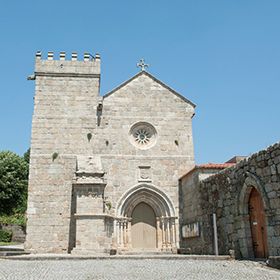
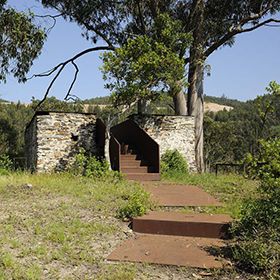



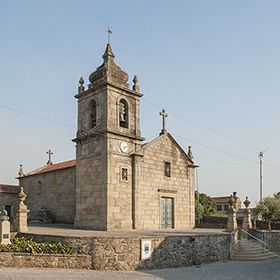
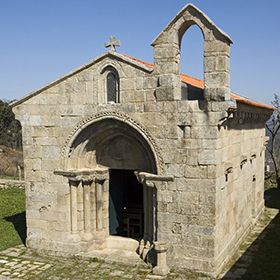
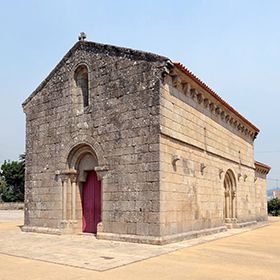



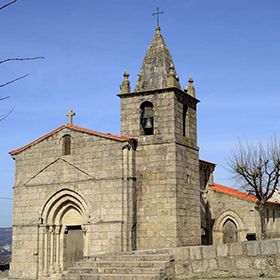


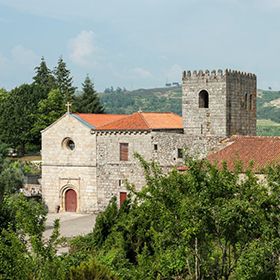
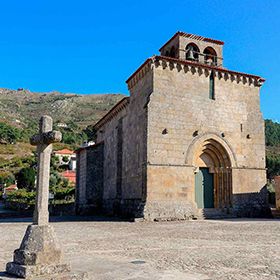


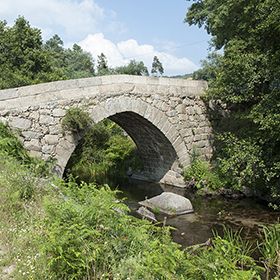
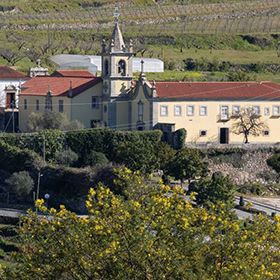
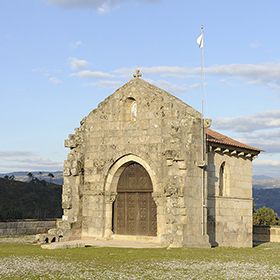

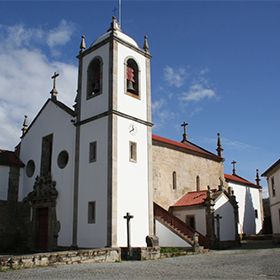
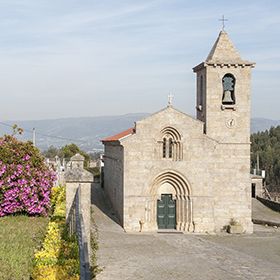



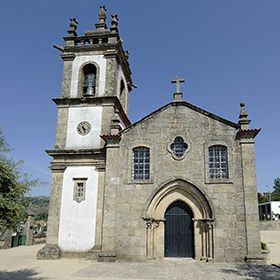
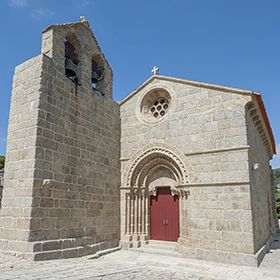

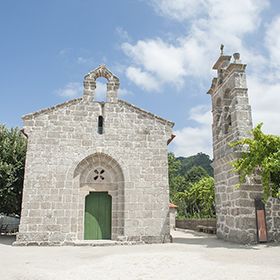
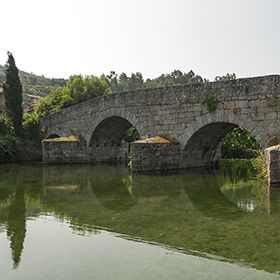
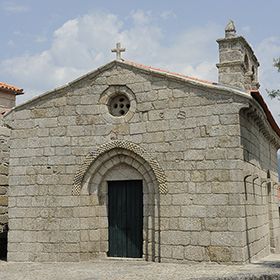




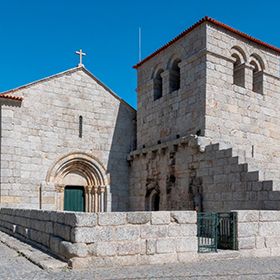

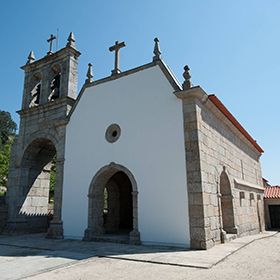
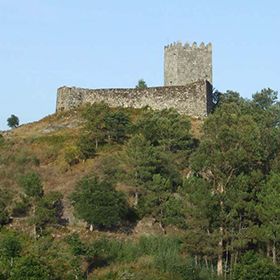
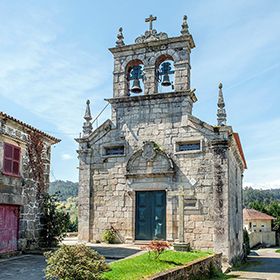

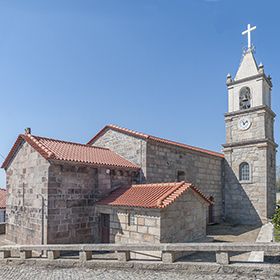


 Explore
Explore 
 Remember and Share
Remember and Share 


